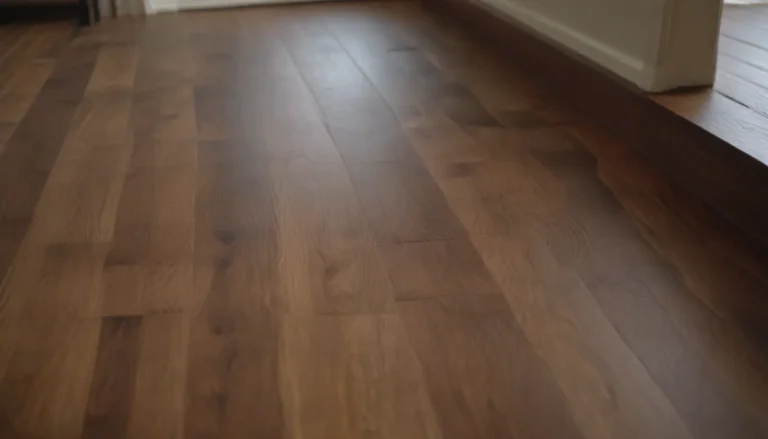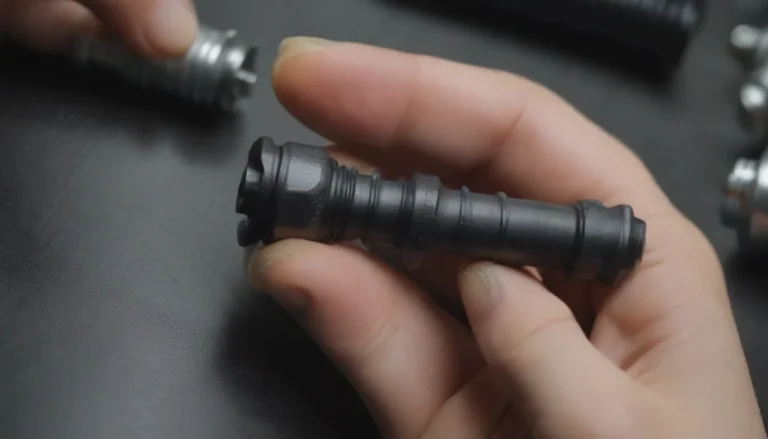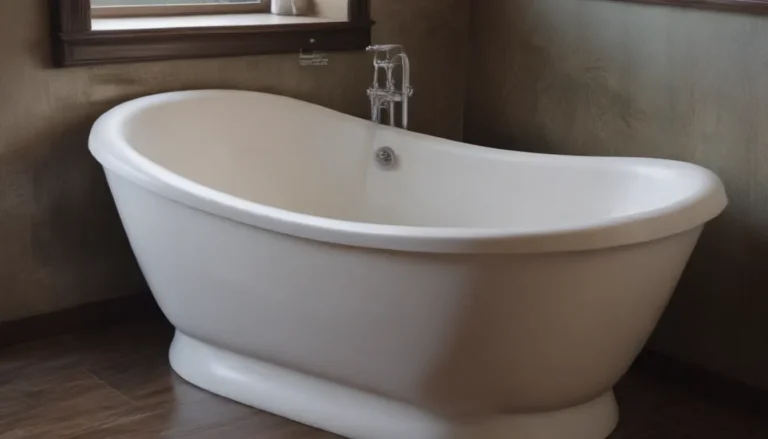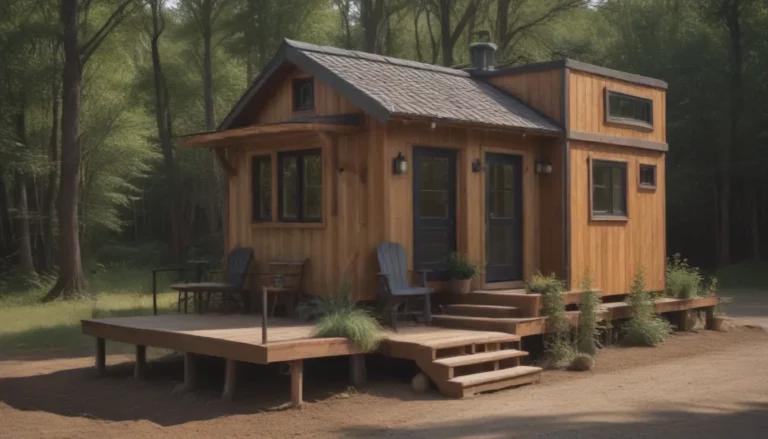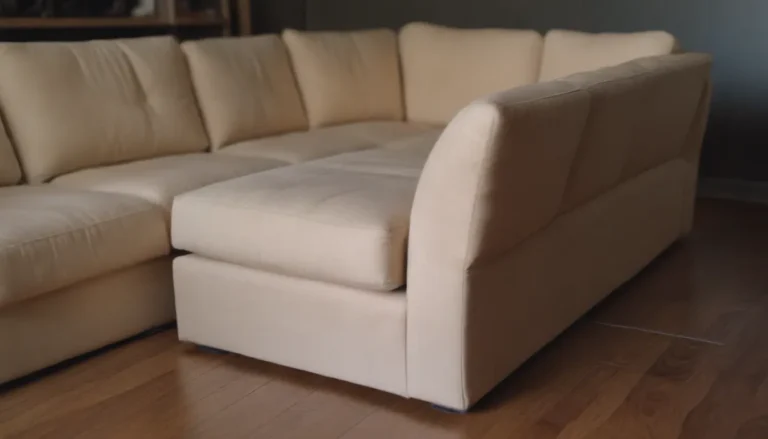Ultimate Drywall Installation Guide: Expert Tips and Solutions
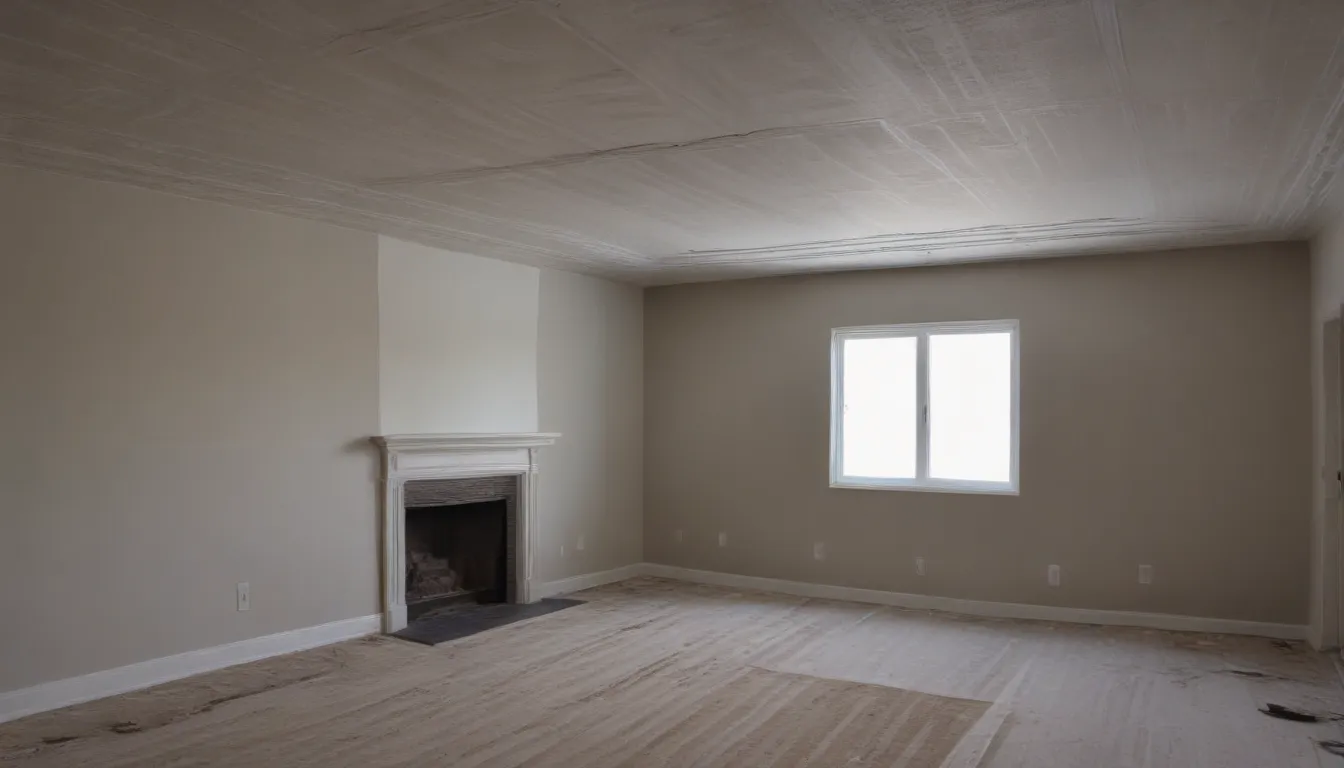
Are you considering taking on a drywall installation project yourself? Maybe you’re looking to save money, speed up your remodeling schedule, or just want to have more control over the outcome. Whatever your reasons may be, installing drywall can be a challenging task that requires attention to detail and a little bit of finesse. In this comprehensive guide, we’ll cover common drywall problems and how to fix them, so you can tackle your project with confidence.
Why DIY Drywall Installation?
Drywall installers are often in high demand, and hiring a professional can be expensive. By taking on the task yourself, you can save money and get the job done on your own timeline. Plus, the satisfaction of completing a home improvement project on your own is priceless. However, drywall installation is more of an art than a craft, and it’s essential to address common problems that may arise during the process.
Common Drywall Problems and Solutions
Gaps Between Drywall Sheets
- Most gaps between drywall sheets can be taped and mudded over, but significant gaps of up to 1/2-inch require special attention.
- Shift the sheets closer together whenever possible. If shifting is not an option, force drywall compound into the gap and mud and tape over as usual.
Drywall Is Hanging Off of a Stud
- All edges of drywall sheets must land on a solid surface like a stud to prevent long-term issues.
- If the drywall does not reach a stud horizontally or vertically, cut the drywall or sister a stud to provide a secure attachment point.
Drywall Paper Is Oversanded
- Oversanding drywall can compromise the integrity of the installation by damaging the paper or fiberglass tape covering the seams.
- Apply a thin skim coat of drywall compound to correct oversanded areas.
Drywall Screws Are Driven Too Far
- Driving screws too deep can break the surface of the paper face of the drywall, leading to a loss of holding power.
- Drive screws exactly to the surface of the paper cover and use special drill attachments to regulate the depth.
Misaligned Holes for Electrical Boxes
- Cutting a hole in drywall that aligns perfectly with an electrical box can be challenging.
- Use lipstick, painter’s tape, or a special tool like Blindmark to ensure accurate placement of holes for electrical boxes.
Drywall Joints Are Too Tight
- Close drywall joints are desirable, but too tight joints can cause problems such as drywall breakage and cracking.
- Use spacing guides like a drywall square or thin strips of wood to maintain a 1/8 inch space between sheets.
Failed Drywall Joints
- Joints between drywall panels should ideally fall over framing members to ensure stability.
- Avoid hanging joints and support long joints with studs or sleeper blocking to prevent failure.
By addressing these common drywall problems proactively, you can ensure a smooth and successful drywall installation project. Remember that patience and attention to detail are key when working with drywall. Happy DIYing!
